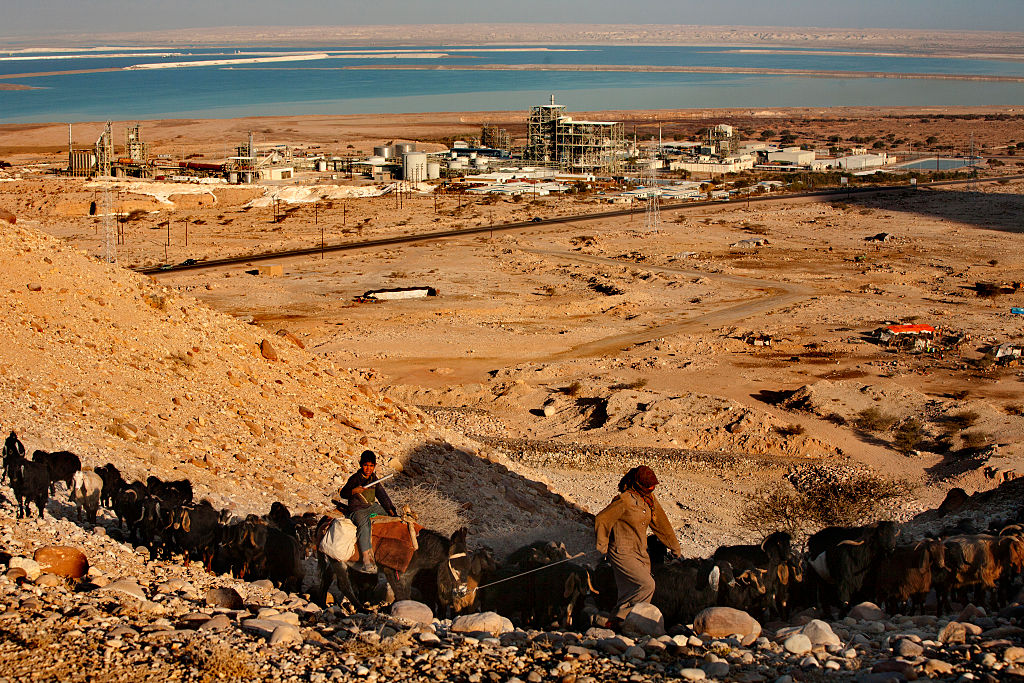In the book of Genesis, God destroyed the cities of Sodom and Gomorrah because of their utter wickedness. We as Christians already believe those events occurred thousands of years ago, but new research may provide tangible proof.
According to an article published in The Conversation, hundreds of researchers have been excavating an ancient Middle Eastern city now called Tall el-Hammam. They first began looking into the city’s history about 15 years ago, when it was covered in about five feet of charcoal, ash and melted material.
Researchers said the “destruction layer,” as it came to be known, could not have been caused by a volcano, earthquake or battle of any kind. None of those events could melt metal or pottery, which were both found in the layer.
As a result, the research team used the Online Impact Calculator, which can “estimate the many details of a cosmic impact event, based on known impact events and nuclear detonations,” to model possible scenarios.
They concluded that a small asteroid was likely the cause of the destruction, but it didn’t make it all the way to the ground.
Instead, researchers believe the asteroid likely exploded into a fireball about 2.5 miles above the city. Clothing and wood would have immediately burst into flames, while pottery, swords and spears would have started melting as air temperatures skyrocketed to over 3,600 degrees Fahrenheit.
That would coincide perfectly with God’s word in Genesis 19:24-25, which says:
Then the Lord rained on Sodom and Gomorrah sulfur and fire from the Lord out of heaven. And he overthrew those cities, and all the valley, and all the inhabitants of the cities, and what grew on the ground.
It wasn’t just an online calculator that led these researchers to their conclusion. They also found significant physical evidence that would back their claims.
At Tall el-Hammam, scientists discovered sand grains known as shock quartz that only form at 725,000 pounds of pressure per square inch. In addition, they found microscopic diamonoids, each smaller than a flu virus.
“It appears that wood and plants in the area were instantly turned into this diamond-like material by the fireball’s high pressures and temperatures,” the scientists wrote.
After conducting experiments using laboratory furnaces, researchers concluded the pottery and mudbricks found in Tall el-Hammam melted at temperatures over 2,700 degrees Fahrenheit.
They also discovered small traces of melted metals on pottery in the city, including iridium, which has a melting point of 4,435 degrees Fahrenheit.
“Together, all this evidence shows that temperatures in the city rose higher than those of volcanoes, warfare and normal city fires,” they concluded. “The only natural process left is a cosmic impact.”
The location of Tall el-Hamman near the Dead Sea is very similar to the description of Sodom in Genesis.
“It’s possible that an oral description of the city’s destruction may have been handed down for generations until it was recorded as the story of Biblical Sodom,” the researchers said.
“The Bible describes the devastation of an urban center near the Dead Sea – stones and fire fell from the sky, more than one city was destroyed, thick smoke rose from the fires and city inhabitants were killed. Could this be an ancient eyewitness account?”
It surely is possible the story could have been handed down for generations. It’s also possible that the Biblical story is an accurate account of exactly what happened to those sinful cities.
As Christians, we believe the Word of God is completely infallible whether we see physical evidence or not. But sometimes God chooses to reveal himself in tangible ways, and that may be exactly what happened to these researchers.
This article appeared originally on The Western Journal.

























 Continue with Google
Continue with Google